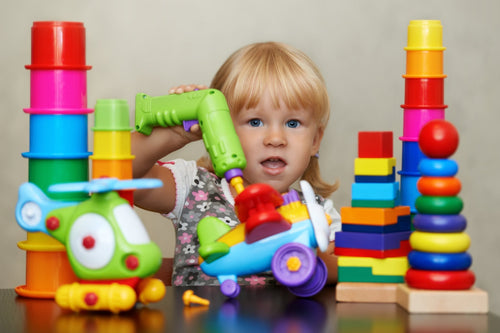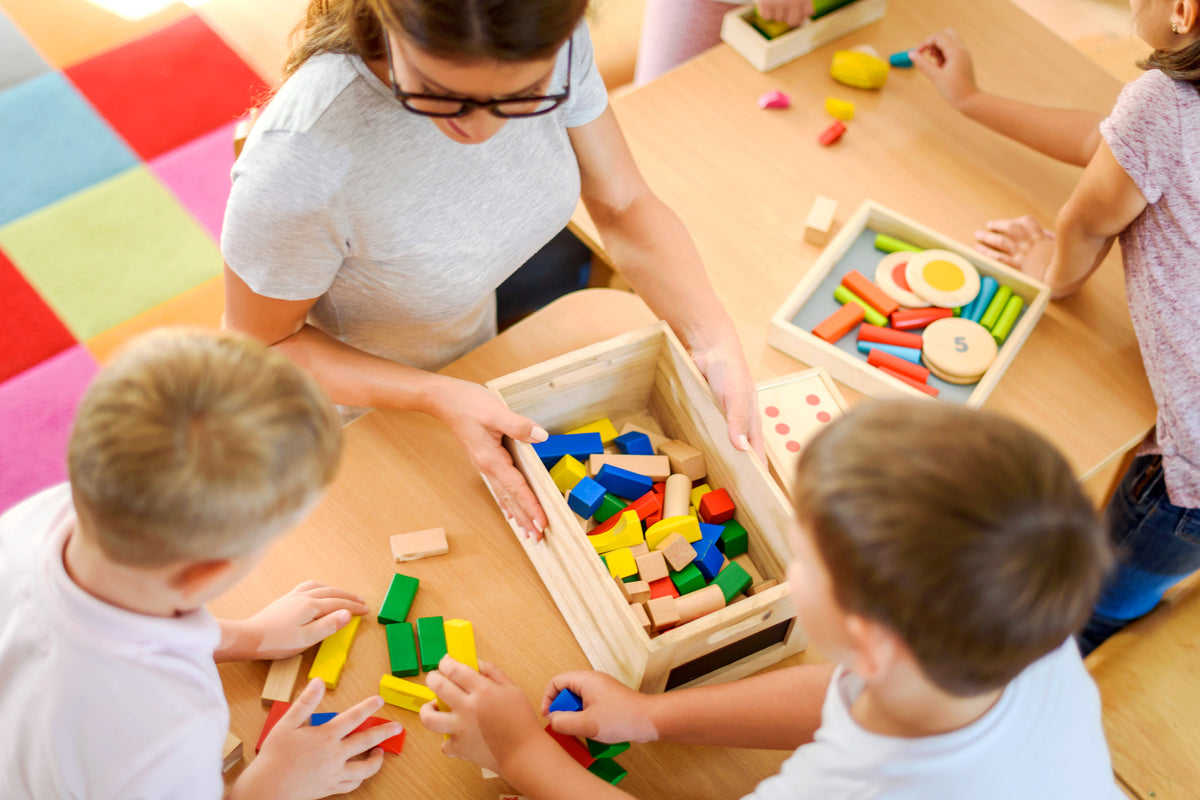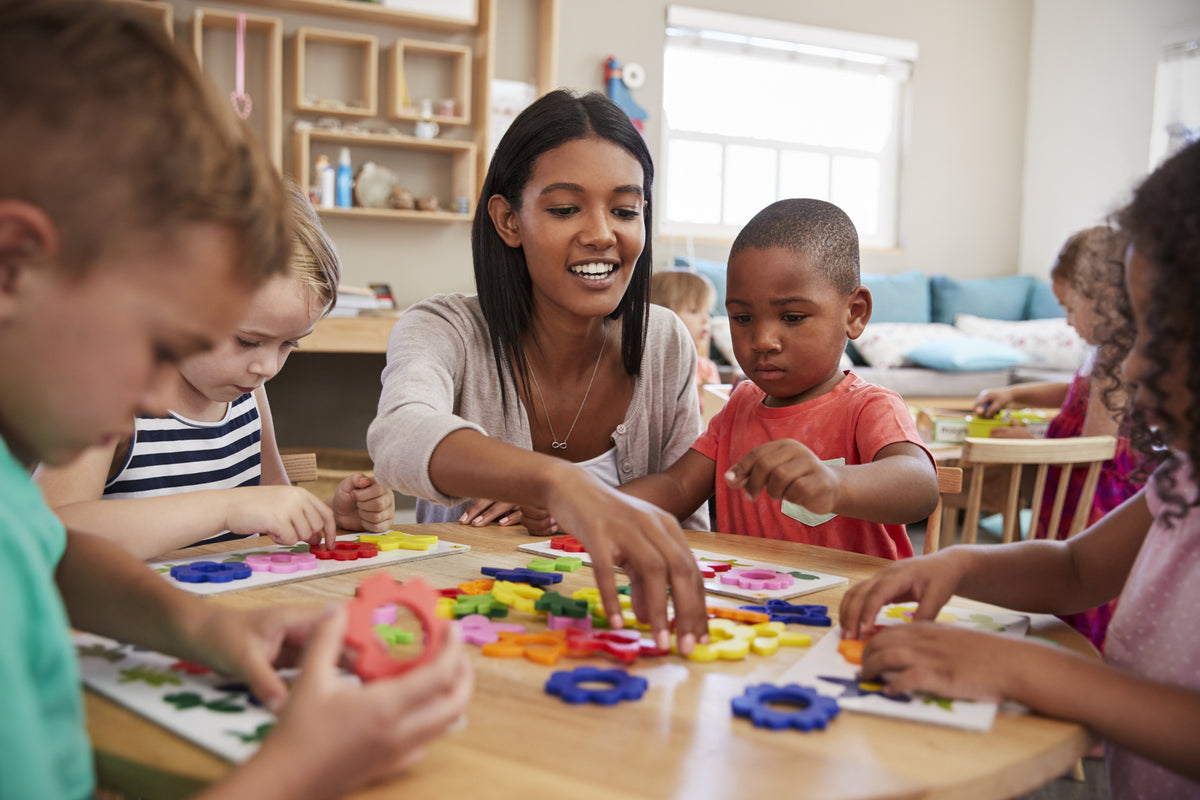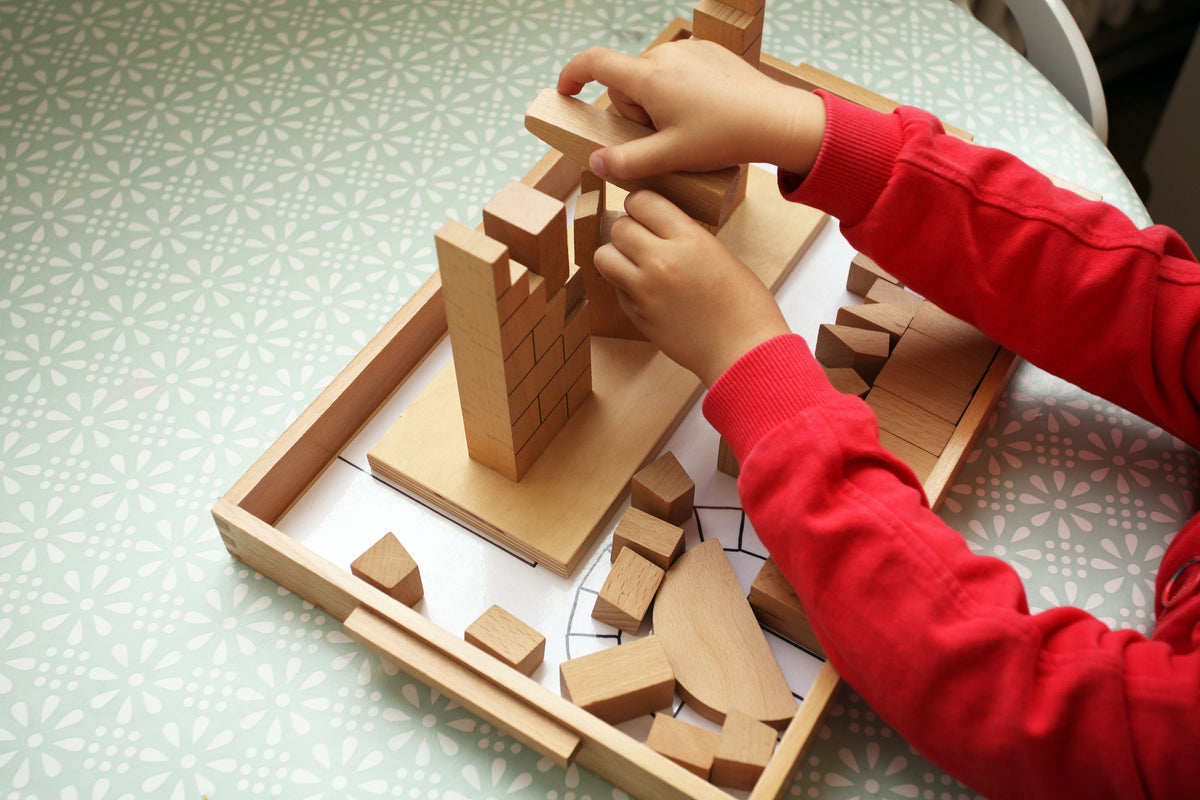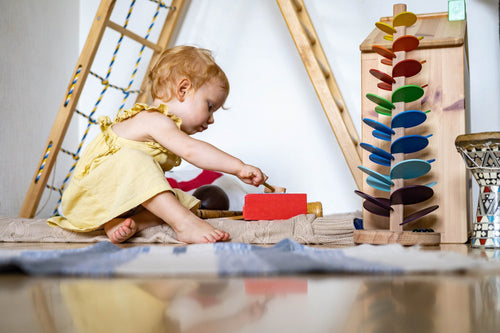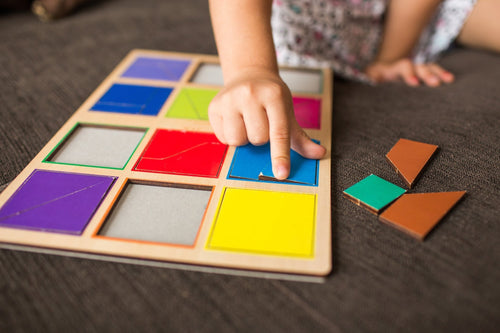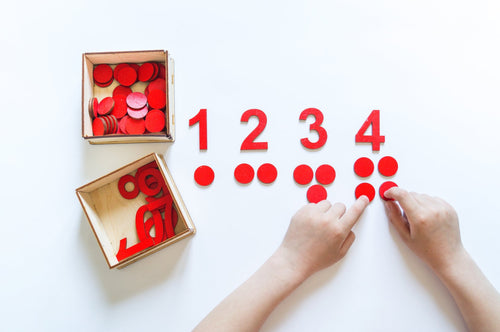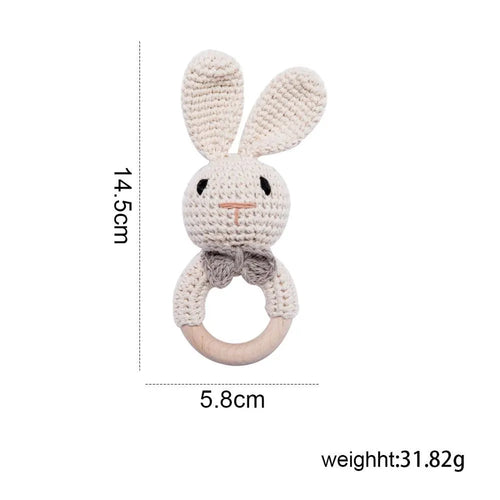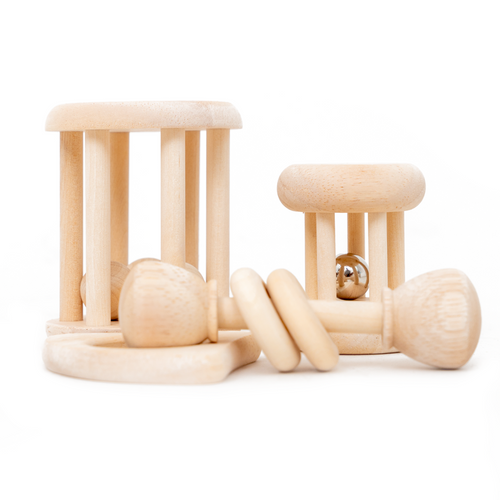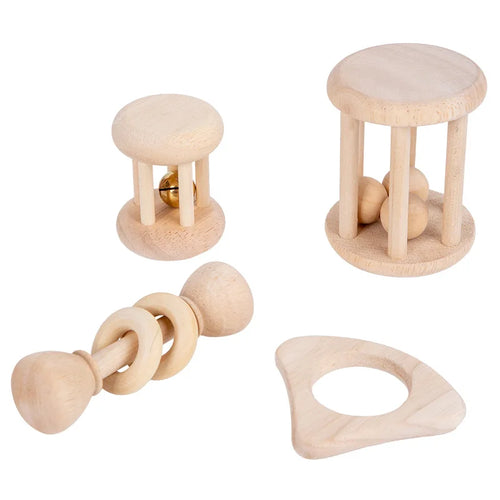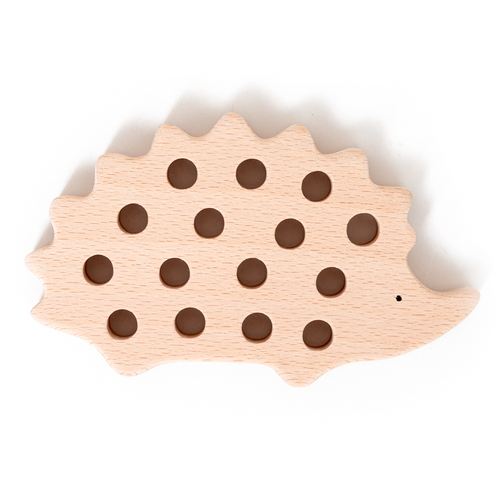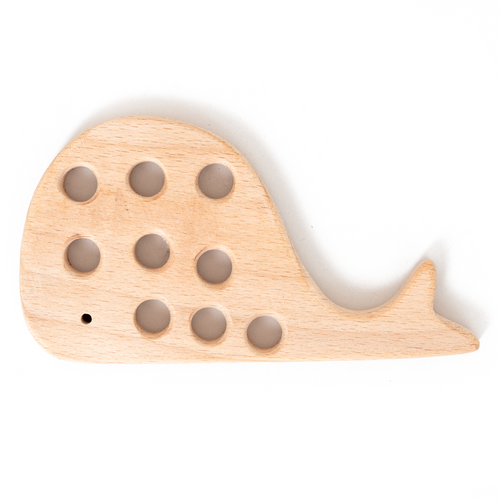Quick starters:
- Heavy work: wall push-offs ×10, chair push-backs ×5, carry 3 books to a shelf.
- Quiet focus: watch a glitter bottle fall twice; marble-in-mesh fidget; soft putty squeeze ×20.
- Rhythm & breath: tap 8 slow beats together; “smell the flower, blow the candle” ×5.
- Transition cue: picture card (🖐 break) → routine card (Squeeze → Breathe → Decide).
What is a sensory break—and what makes it different from “playtime”?
Direct answer: A sensory break is a brief, scheduled regulation tool, not free play. It delivers specific input (proprioceptive pressure, vestibular movement, tactile/visual rhythm) that helps the nervous system reset from under- or over-arousal. Each break has a clear start, one to two activities, and a predictable end cue.
- Goal: return to “calm-alert” so attention and learning rebound.
- Structure: same place (corner, hallway, calm kit), same order (Squeeze → Breathe → Back to work).
- Length: usually 2–5 minutes; longer can backfire by stealing focus from the main task.
Sources (section): AAP—sensory integration therapies (family summary) healthychildren.org; AOTA—sensory processing practice perspectives aota.org.
Why do sensory breaks help learning, attention, and behavior?
Direct answer: Brains learn best in a calm-alert state. When arousal spikes (too loud, too bright) or dips (under-responsive, sleepy), kids lose working memory, inhibition, and flexibility. Correctly matched sensory input—especially proprioception (“heavy work”) and rhythm—can settle the stress response and restore executive function. Schools that add brief movement/sensory breaks often report more on-task behavior and smoother transitions without cutting academic time.
Put simply: short, purposeful input now → better focus later. That’s why teachers pair a 2-minute wall-push routine before writing, or parents use “glitter fall ×2 then story” as a reset after noisy errands.
Sources (section): Harvard Center on the Developing Child—executive function & self-regulation developingchild.harvard.edu; CDC—classroom physical activity resources (movement breaks) cdc.gov.
What does a great sensory break look like (step by step)?
Direct answer: Decide the lane (pressure, rhythm, quiet focus), choose one activity per lane, and stick to the same order every time. Keep language minimal; let the routine and pictures lead.
Sample 3-minute routine (class or home)
- Squeeze (40–60s): wall push-offs ×10 → chair push-backs ×5 (slow).
- Breathe (60–90s): watch a glitter bottle fall once while you model slow nasal breaths.
- Decide (20–30s): picture card: “desk or quiet corner?” → child points → return.
Teaching tip: Practice twice daily during calm times for a week. When stress hits, use the exact same sequence—your child’s body will remember.
Sources (section): AFIRM (UNC)—visual supports, prompting, reinforcement afirm.fpg.unc.edu; HealthyChildren—calming strategies for families healthychildren.org.
Home setups: small footprint, big effect
Direct answer: Create a “calm corner” with a small rug, a basket, and a routine card. Limit to 2–3 items so the choice itself isn’t overwhelming.
- Basket ideas: soft putty, marble-mesh fidget, small weighted plush (supervised), liquid motion timer, picture breath card.
- Rules: breaks are short, tools stay in the corner, one tool at a time, reset before leaving.
- Rhythm: add a hand drum or simple metronome app at ~60–80 bpm (no headphones for littles); 8 taps together, then done.
For siblings, color-code pouches to avoid sharing worries. Post a tiny schedule: “Snack → Calm Corner → Books.” Predictability is regulating.
Sources (section): AAP—toy safety/choking guidance healthychildren.org; CPSC—toy safety center cpsc.gov.
Classroom setups: efficient, predictable, and teachable
Direct answer: Build a routine, not a spectacle. Agree on a discreet signal (card, hand sign), a location (hallway spot, corner mat), and a short menu (two options only). Pre-teach the routine to the whole class so it’s normalized, then individualize as needed (IEP/504).
| Grade band | 2–3 minute menu | Where | Return cue |
|---|---|---|---|
| K–1 | Wall push-offs ×10; glitter fall ×1 | Doorway spot or calm corner | Timer chime + picture “desk” |
| 2–3 | Chair push-backs ×5; soft putty ×20 squeezes | Back table or hallway mark | Teacher thumbs-up after check-in |
| 4–5 | Wall angels ×6; square breathing ×4 | Designated “reset station” | Self-timer; sign back in |
Equity note: allow personal, silent fidgets for students who need them; set class norms (quiet, stays below desk, helps—not distracts).
Sources (section): CDC—classroom physical activity/brain breaks cdc.gov; IRIS Center—behavior & classroom management modules iris.peabody.vanderbilt.edu.
How long and how often? (timing you can actually use)
Direct answer: For most children: 2–5 minutes, 1–3 times across long work blocks, plus a proactive break before known stressors (assemblies, writing, transitions). Toddlers often do best with 60–120 seconds. It’s better to take short, early breaks than long, late ones after a meltdown.
- Proactive: schedule a break 5–10 minutes before a tough task.
- Reactive: if you see early signs (fidgeting increases, face tightens), run the routine once.
- Stop point: if arousal is higher after two cycles, change the environment (leave the cafeteria, dim the room) rather than add more tools.
Sources (section): Harvard—EF works better with short, repeated practice developingchild.harvard.edu; AFIRM—prompting and reinforcement for routines afirm.fpg.unc.edu.
How do I know a break is working? What should I track?
Direct answer: Watch for quicker recovery, longer on-task time, fewer prompts, smoother transitions, and the child initiating the routine with a signal. Keep a one-line log for two weeks: (1) trigger, (2) tool used, (3) return-to-task time, (4) adult prompts. Review and adjust menu items based on that data.
In class, use neutral, objective measures (e.g., minutes on task before first prompt; number of redirects). Photos of the routine card help the child self-monitor; older students can check a tiny rubric (“ready / half-ready / not ready”).
Sources (section): CDC—Behavioral classroom strategies & observation cdc.gov; AMS—observation in Montessori practice amshq.org.
Examples by age (quiet, portable, and effective)
Babies (with caregiver, 30–60s)
- Side-lying gentle sways; soft visual (high-contrast card); “smell flower, blow candle” modeled slowly.
Toddlers (60–120s)
- Carry two soft books; scoop pompoms with a spoon into a bowl; watch glitter fall once; “push the wall” ×10.
Preschool (2–4m)
- Wall push-offs ×10 → putty squeeze ×20 → breath card ×6; or chair push-backs ×5 → metronome taps ×8.
Early elementary (3–5m)
- Hallway wall angels ×6 → square breathing ×4 cycles; mini chalkboard doodle with timer (visual focus).
Sources (section): HealthyChildren—calming & coping; developmental readiness healthychildren.org; NICHD—self-regulation research overview nichd.nih.gov.
Safety, ethics, and inclusion
Direct answer: Breaks are for comfort and access, not control. Obtain student input when possible; honor “no” to touch or specific tools; avoid noisy/flickering items; supervise weighted products and keep durations short, awake, and size-appropriate. In public or class, prioritize silent tools to respect others.
- Hygiene: personal fidgets/chews; daily cleaning for oral-motor tools.
- IEP/504 alignment: document the routine, location, duration, and staff roles; ensure substitutes have the plan.
- Language: identity-respecting terms (e.g., “autistic student” if preferred); breaks should be available without stigma.
Sources (section): AAP—weighted items safety guidance healthychildren.org; Autistic Self Advocacy Network—respectful language principles autisticadvocacy.org.
Related TinyLearns guides
- Benefits of Sensory Play
- How Sensory Toys Help Autism & Overload Relief
- Sensory Toys by Age
- Sensory Play at Home: DIY Setups
FAQ: Sensory breaks
Won’t breaks interrupt learning?
Short, planned breaks often increase learning time by reducing off-task behavior and easing transitions. Aim for 2–5 minutes with a clear return cue.
Are movement breaks the same as sensory breaks?
Movement breaks are one type of sensory break (vestibular/proprioceptive). Many kids also benefit from quiet focus (glitter timer) or oral-motor/pressure tools.
What if my child gets more wound up after a break?
Switch lanes (from movement to pressure/quiet), lower intensity, shorten duration, or change the environment (lighting/noise). Review your data log and adjust.
Can I use timers?
Yes—visual timers are great. Avoid loud beeps; choose silent sand timers, soft chimes, or a subtle visual countdown.
Sources & further reading
- American Academy of Pediatrics — Sensory Integration Therapies: https://www.healthychildren.org/English/health-issues/conditions/developmental-disabilities/Pages/Sensory-Integration-Therapies.aspx
- HealthyChildren (AAP) — Weighted Items Safety: https://www.healthychildren.org/English/health-issues/conditions/chest-lung/Pages/Weighted-Blankets-and-Other-Items-What-Parents-Need-to-Know.aspx
- Harvard Center on the Developing Child — Executive Function & Self-Regulation: https://developingchild.harvard.edu/science/key-concepts/executive-function/
- CDC — Classroom Physical Activity (Brain Breaks): https://www.cdc.gov/healthyschools/physicalactivity/classroom-pa.htm
- AFIRM (UNC) — Visual Supports & Evidence-Based Practices: https://afirm.fpg.unc.edu
- U.S. Consumer Product Safety Commission — Toy Safety Center: https://www.cpsc.gov/Safety-Education/Safety-Education-Centers/Toy-Safety
- IRIS Center (Vanderbilt) — Classroom Behavior Modules: https://iris.peabody.vanderbilt.edu
- NICHD — Self-Regulation Research Overview: https://www.nichd.nih.gov/about/org/od/odbb/self-regulation
- American Montessori Society — Observation & Prepared Environment: https://amshq.org

